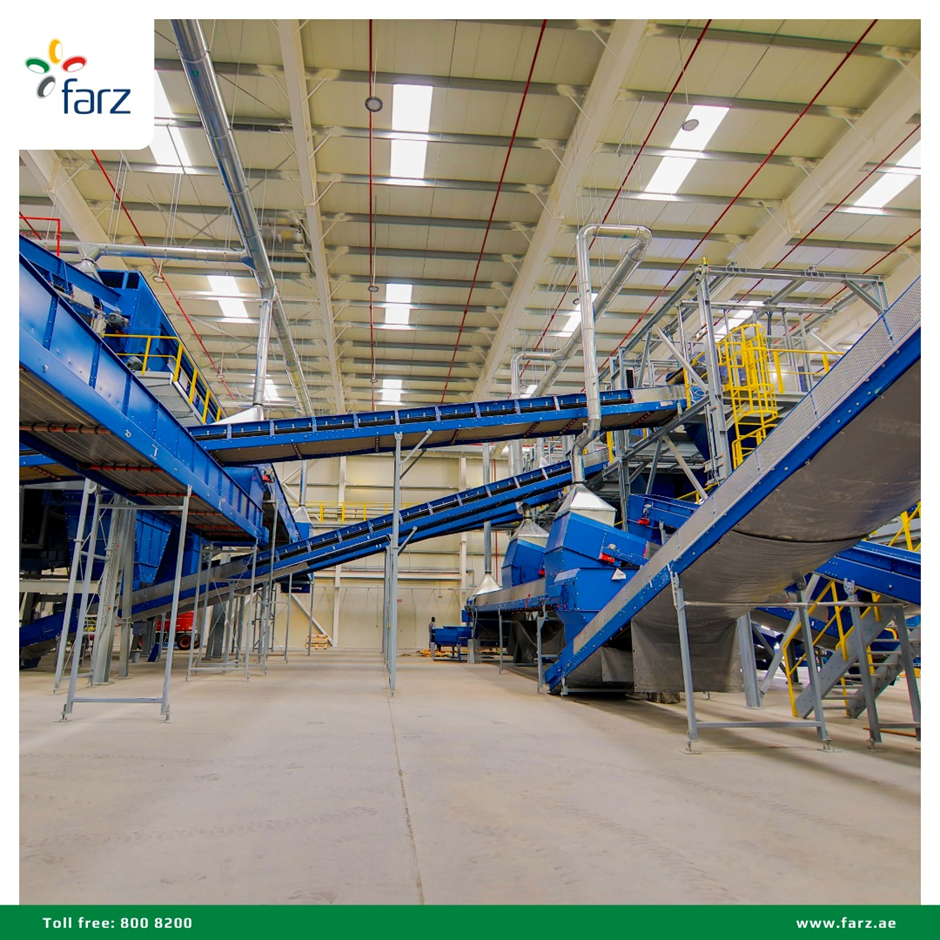What Makes an MRF Facility Essential for Efficient Waste Management and Recycling?
In the quest for effective waste management and recycling, Material Recovery Facilities (MRFs) play a pivotal role. These specialized facilities are designed to sort, process, and recover valuable materials from waste streams, making them integral to modern waste management systems. This article explores what makes an MRF facility essential for efficient waste management and recycling, highlighting its functions, benefits, and impact on sustainability.

Introduction
As cities and industries generate increasing volumes of waste, the need for efficient and effective waste management solutions becomes more pressing. MRFs serve as the backbone of recycling operations, ensuring that waste is sorted and processed in a manner that maximizes resource recovery and minimizes environmental impact. Understanding the role and significance of MRF facilities is crucial for grasping their contribution to sustainable waste management.
Core Functions of an MRF Facility
Sorting and Separation
One of the primary functions of an MRF facility is to sort and separate different types of materials from mixed waste streams. This process typically involves several stages:
1. Pre-Sorting: At this initial stage, waste is manually or mechanically sorted to remove large or non-recyclable items that might damage equipment or hinder the recycling process.
2. Primary Sorting: Advanced sorting systems, including conveyor belts, screens, and air classifiers, are used to separate materials into categories such as paper, plastics, metals, and glass.
3. Secondary Sorting: Further sorting, often performed using optical scanners, magnets, and eddy currents, refines the separation of materials into specific types for more precise recycling.
Processing and Preparation
Once materials are sorted, MRFs prepare them for recycling or reuse through various processing techniques:
1. Shredding and Baling: Materials are shredded into smaller pieces and compacted into bales to facilitate transportation and handling.
2. Cleaning and Purification: Some materials, such as plastics and metals, are cleaned to remove contaminants before they are processed into new products.
3. Recycling and Manufacturing: Processed materials are either sent to specialized recycling facilities for transformation into new products or used directly in manufacturing processes.
Benefits of MRF Facilities
Enhanced Recycling Efficiency
MRFs significantly enhance recycling efficiency by automating and streamlining the sorting process. Advanced technologies, such as optical sorting and robotics, increase the speed and accuracy of material separation, allowing MRFs to handle large volumes of waste with minimal manual intervention. This efficiency not only boosts recycling rates but also reduces operational costs and improves the quality of recovered materials.
Resource Recovery
One of the most critical benefits of MRF facilities is their ability to recover valuable resources from waste. By effectively sorting and processing materials, MRFs ensure that recyclables like aluminum, glass, and paper are diverted from landfills and returned to the manufacturing cycle. This resource recovery reduces the need for virgin materials, conserves natural resources, and decreases the environmental impact associated with resource extraction and processing.
Reduction of Landfill Use
MRFs play a crucial role in reducing the volume of waste sent to landfills. By separating and recycling recyclable materials, MRFs minimize the amount of waste that ends up in landfills, thereby extending the lifespan of existing landfill sites and reducing the environmental hazards associated with landfill disposal, such as leachate and greenhouse gas emissions.
Environmental Impact Mitigation
Efficient waste management through MRFs helps mitigate various environmental impacts:
1. Reduced Greenhouse Gas Emissions: By diverting organic and recyclable materials from landfills, MRFs help reduce methane emissions—a potent greenhouse gas released from decomposing waste.
2. Conservation of Resources: Recycling materials conserves natural resources, such as timber, minerals, and water, by reusing existing materials instead of extracting new ones.
3. Energy Savings: Recycling often requires less energy than producing new products from raw materials. For example, recycling aluminum saves up to 95% of the energy required to produce aluminum from bauxite ore.
Challenges and Innovations
Technological Advancements
To address challenges such as contamination and the increasing complexity of waste streams, MRFs continuously adopt technological innovations. For instance, AI and machine learning are being integrated into sorting systems to improve accuracy and efficiency. These technologies analyze data from sensors and cameras to optimize sorting processes and identify contaminants more effectively.
Public Awareness and Participation
Another challenge faced by MRFs is ensuring public participation in recycling programs. Effective outreach and education campaigns are essential to encourage proper waste sorting and reduce contamination. MRFs often collaborate with local governments and organizations to promote recycling awareness and improve community engagement.
Conclusion
Material Recovery Facilities (MRFs) are essential for efficient waste management and recycling due to their role in sorting, processing, and recovering valuable materials from waste streams. Their advanced technologies and processes enhance recycling efficiency, resource recovery, and environmental impact mitigation. As waste management practices continue to evolve, MRFs will remain a critical component in achieving sustainable waste solutions and promoting a circular economy. By understanding and supporting the role of MRFs, communities can contribute to a more sustainable future and reduce their environmental footprint.
- Industry
- Art
- Causes
- Crafts
- Dance
- Drinks
- Film
- Fitness
- Food
- Spiele
- Gardening
- Health
- Home
- Literature
- Music
- Networking
- Other
- Party
- Religion
- Shopping
- Sports
- Theater
- Wellness
- News


